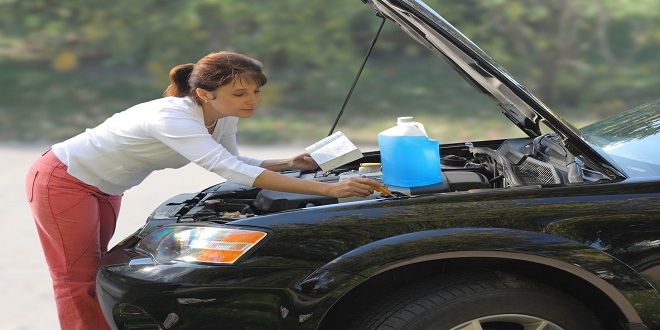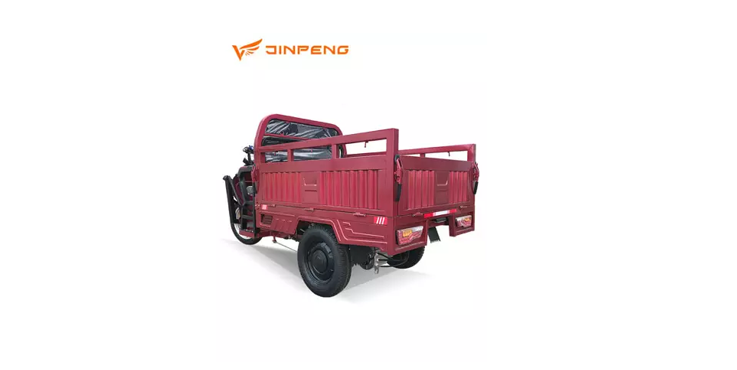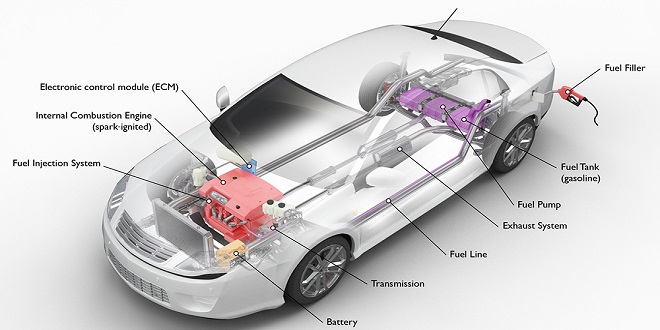A Practical Glossary of Automotive Terms

Vehicle off the tires, and cushion and absorb the shocks and bumps as a car is driven. Coil springs are usually found near the front wheels, but many cars have them in the rear as well. Often the shock absorbers run up the center of the coil springs. See also the suspension system.
cold air collector box: A rectangular box that contains the air filter. It performs the same function as the air cleaner. combustion: The intense burning of the fuel/air mixture in the combustion chamber. combustion chamber: The part of the cylinder where the fuel/air mixture is compressed by the piston and ignited by a spark from the spark plug.
common rail fuel injection: A fuel system found in diesel engines. Diesel fuel is pumped at high pressure into a distributor tube called a rail, which delivers fuel to all the fuel injectors. compressed natural gas (CNG): An alternative fuel designed to replace gasoline as a source of automotive power.
See also natural gas vehicles (NGV). compression gauge: A device used to check the amount of pressure created in a cylinder when the piston is at its highest point and is squeezing the fuel/air mixture into the smallest possible space. A poor compression-gauge reading can indicate the need for repairs such as a valve job or new piston rings. compression ratio: A measure of the amount of pressure applied to the fuel/air mixture in the combustion chamber.
It’s determined by comparing the volume of the combustion chamber when the piston is at its highest point to the volume of the cylinder when the piston is at its lowest point. connecting rod: The metal rod that connects the piston to the crankshaft and converts the up-and-down motion of the piston into the circular motion of the spinning crankshaft. The phrase “throwing a rod” refers to a broken connecting rod breaking through the side of the engine block.
constant velocity joints (CV): The ball-and-socket fittings that transmit engine power from the transaxle to the wheels. Found mostly at either end of the drive shafts in front-wheel-drive cars and on the drive shafts of some rear-wheel-drive cars with independent rear suspension systems, these joints are specially designed to transmit engine torque while allowing full steering and suspension movement.
They allow movement combinations and angles that U-joints are incapable of handling. See also universal joints. continuously variable transmission (CVT): A computerized transmission with an infinite range (rather than a definite set of physical gears ) that provides optimum performance and fuel economy with less wasted energy from the engine.
control arms: The upper or lower A-shaped suspension components that are mounted on the frame and that support the ball joints and steering knuckles. See also the suspension system. coolant: An ethylene glycol or propylene glycol solution that raises the boiling point and lowers the freezing point of the water in the cooling system, prevents rust and corrosion, and lubricates the water pump.
Also called antifreeze. coolant recovery system: A plastic bottle or metal tank that acts as a reservoir for liquid expelled from the cooling system through the overflow pipe and then returns the liquid to the system when it cools down. This requires a special radiator pressure cap.
The system is sometimes called a closed cooling system when it’s part of the original equipment.
Last word
cooling system: A system that stores, circulates, and cools a mixture of water and coolant that flows through water jackets in the engine block and cylinder heads and through the radiator in order to keep the engine from overheating as you drive. See also the coolant recovery system, fan, pressure cap, thermostat, and water pump. core charge: “Core” is an acronym for “cash on return.”





